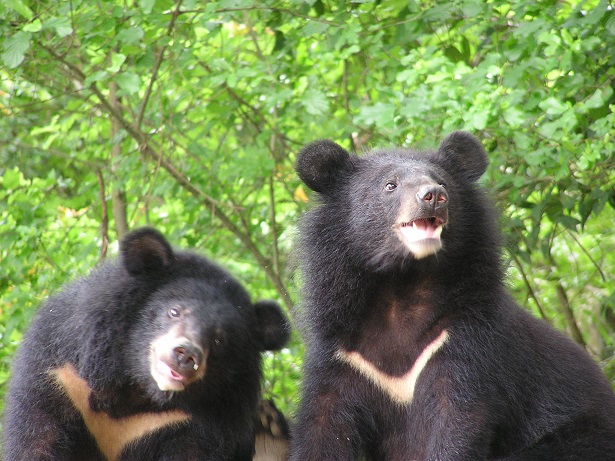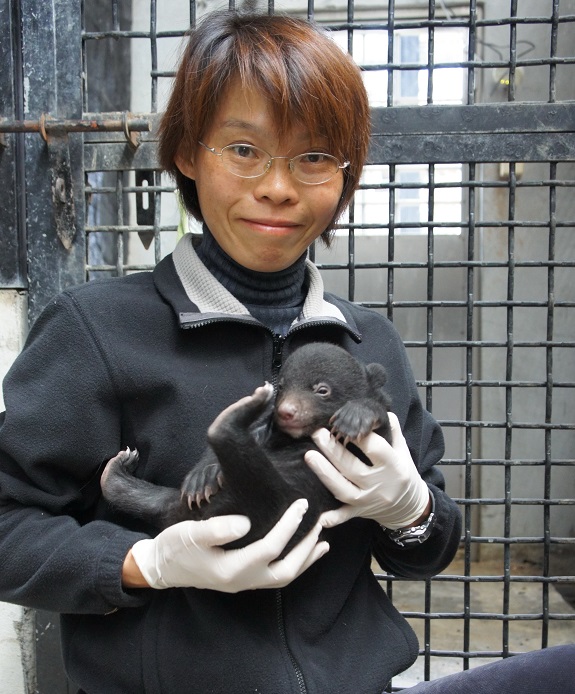For the first-time, foreign visitors to Taiwan would immediately notice images of the Formosan black bear (Ursus thibetanus formosanus) and build associative impressions connecting with the animal within short periods of time. Formosan black bears are seen as a star species and a symbolic representative of Taiwan. Their ubiquitous image in public, compared with other species, may be embedded with conservation advantages on one hand and can potently denote a gap between the public’s perception and its current conservation status. That means the general public may come under the false impression that the black bear conservation is already a success and they need not worry about its current state of survival.
In fact, the number of existing Formosan black bears that live in the wilderness is estimated to be around 200 to 600. For large-sized carnivores to survive in a natural environment, we need a minimum of 2000 mature individuals to reach sustainability. Currently the actual number falls far behind the sustainability target. Each year the justified number of deaths is less than 20. The conditions for the survival of the entire species are precarious, to say the least.

that live in the wilderness is estimated
to be around 200 to 600.

director of Institute of Wildlife Conservation,
National Pingtung University of Science and Technology
dedicated herself into Formosan Black Bears'conservation
To reach an ideal state of bear-man co-existence and co-prosperity, Mei-Hsiu Hwang, associate professor and director of Institute of Wildlife Conservation, National Pingtung University of Science and Technology, spoke in an interview and gave her advice from the stance of a black bear researcher.
First of all, of all protection zones in Taiwan, Yushan National Park is the only significant place with years’ continuous tracking and research of the black bear and with the most abundant investigation data. Mei-Hsiu Hwang appealed to the Yushan National Park Administration that the black bear research must carry on. Yushan National Park can develop towards the ‘The Model of a Bear-Bearing Country’. On a proactive note, in order for the general public to pay more attention to issues of ecological conservation, it is advised to adequately transform results of certain continuous researches, plus environmental education promotion, hands-on visual experiences, guided aesthetics, and upgraded guided talks. Such all-comprehensive planning will convey a compassionate intention of man-bear co-existence and guide the general public to explore relevant information in depth. Once people are touched at heart, they are more willing to take initiatives caring for things/objects they are psychologically connected with.

at heart, they are more willing to take initiatives caring for
things/objects they are psychologically connected with
To reach the goal of “Bear-Bearing Country”, to organize black bear-friendly communities is indispensable. Formosan Black Bears are protected by law. In doing so, all other species in the other ecological systems can be protected too. If we can rely on concerted efforts of all relevant departments and have national parks, protection zones and their adjacent indigenous tribes in close connection and collaboration, while establishing a comprehensive alerting system and acting collectively as the frontline goalkeeper for the natural ecology, this will spell tremendously good news for Taiwan’s ecological system.


![Text size [Small]](/media/system/images/font_small.jpg)
![Text size [Medium]](/media/system/images/font_normal.jpg)
![Text size [Large]](/media/system/images/font_big.jpg)





